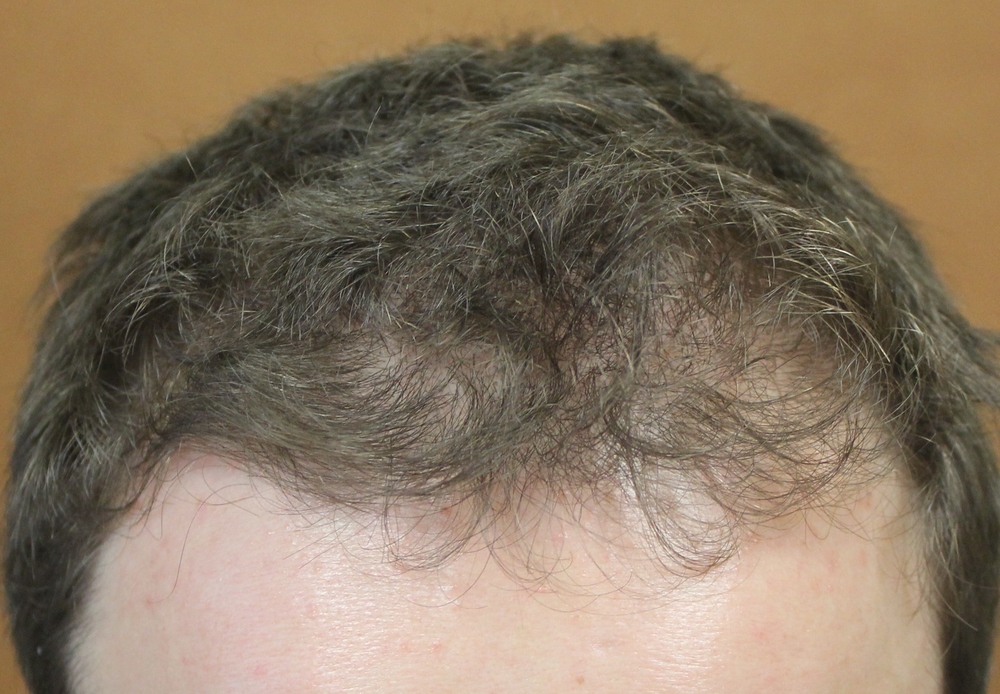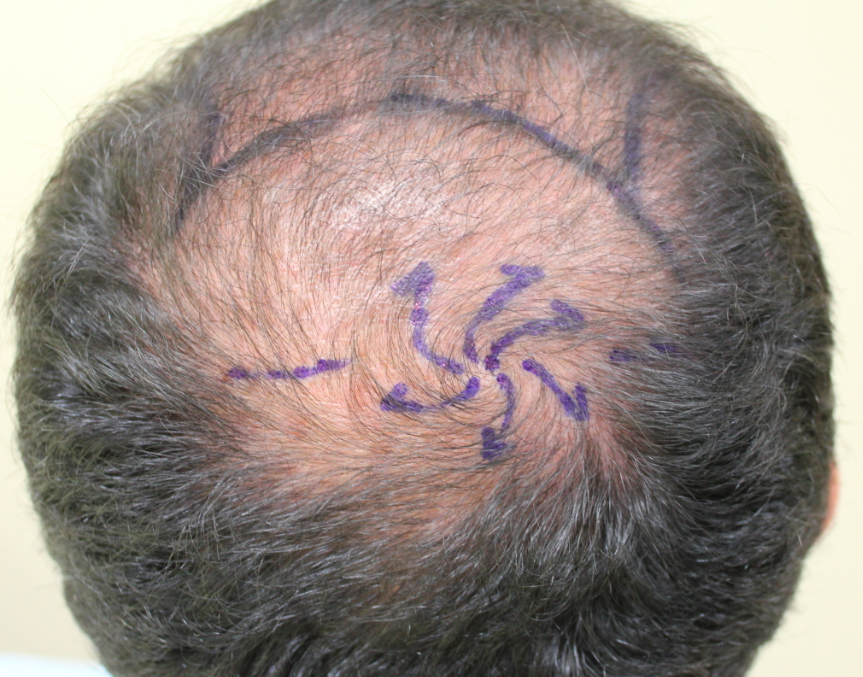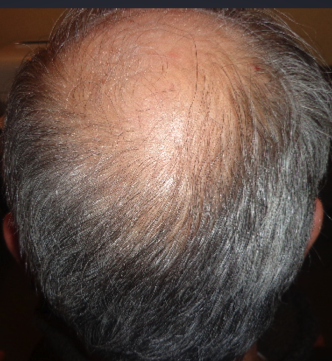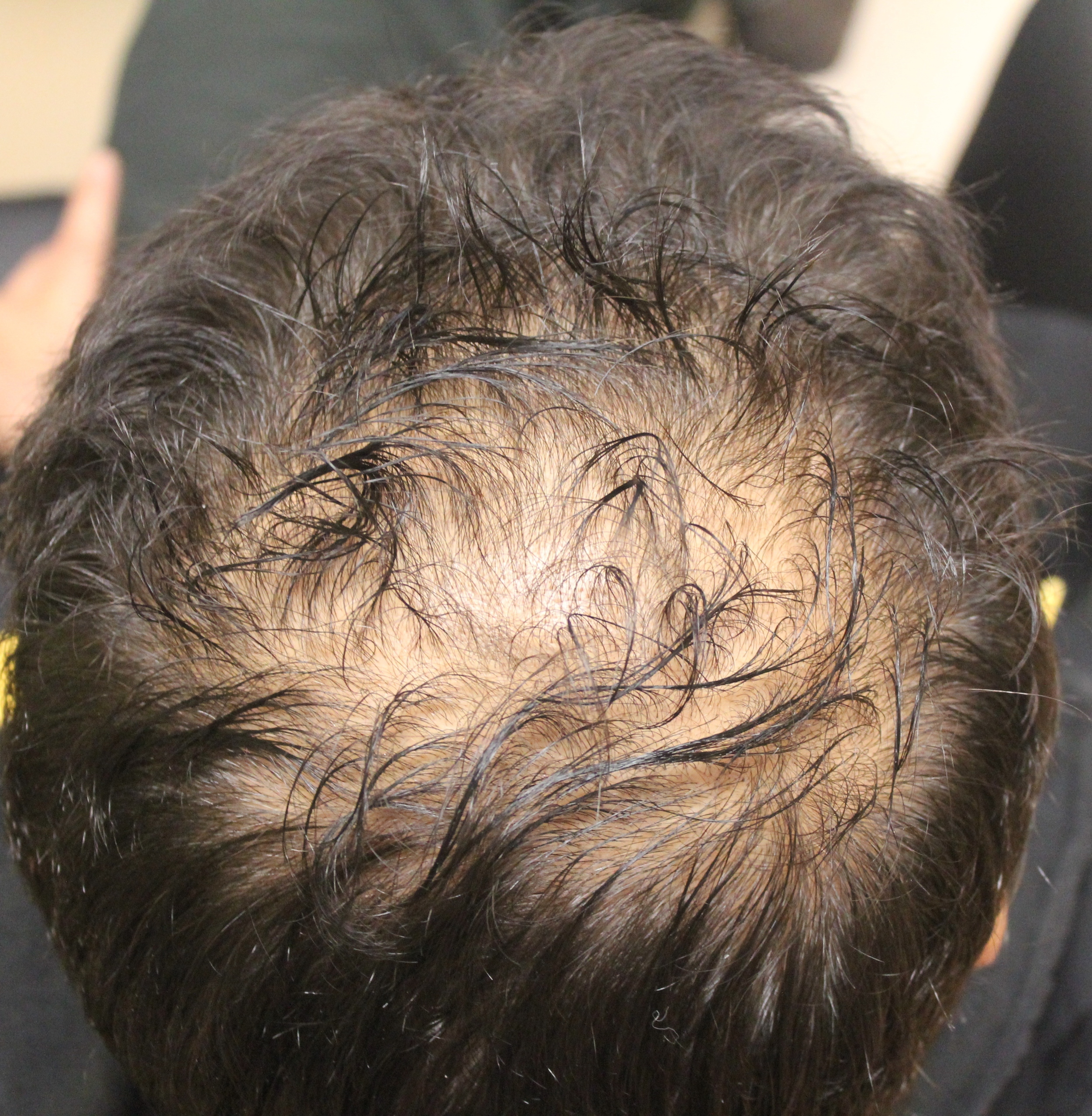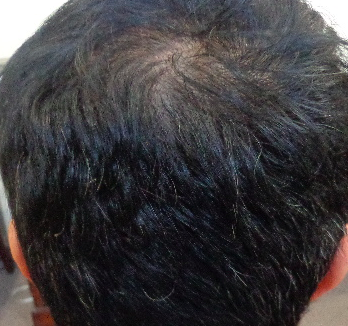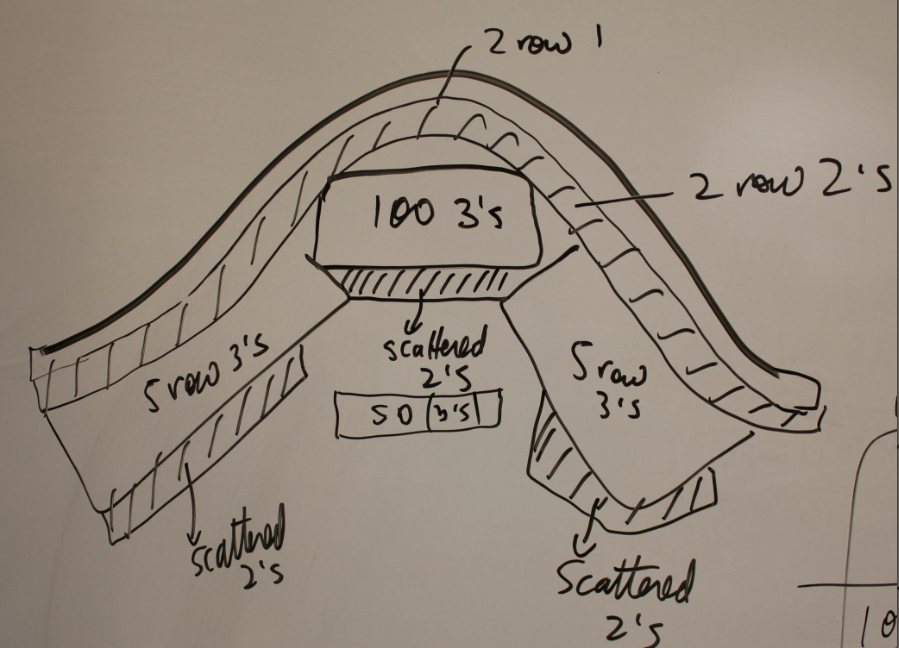Minoxidil - Does it help with hair loss in the front?
Minoxidil is a topical medication that is FDA approved for treating genetic hair loss (sometimes referred to as androgenetic alopecia). If you pick up a bottle of minoxidil it will state that it is to be used for hair loss in the crown in men and may not benefit other areas of hair loss. The original studies of minoxidil focused on the crown and did not address the benefit in the front of the scalp.
So the question that remains is:
Does minoxidil help men with hair loss in the front of the scalp or not?
Certainly, the answer is yes. Many hair loss specialists around the world, including myself, have witnessed benefit to minoxidil in the front of the scalp in balding men. However, the companies which produce minoxidil are not setting out to formally prove the benefit in the front of the scalp and are not seeking approval from health regulatory authorities to be able to change the labelling on the bottles to indicate that it "works in the front and back."
New study shows 5 % minoxidil benefits men with hair loss in the temples
Back in the month of May 2013, I attended the World Congress of Hair Research in Edinburgh Scotland. A really nice study was presented by Dr. Blume Peytavi and colleagues from Berlin, Germany. They studied 70 men with moderate genetic hair loss and studied whether minoxidil 5 % foam could help hair loss in the crown and in the front. The German group showed that men using minoxidil 5 % foam did obtain benefit from using the medication in the front and in the crown. This was one of the very first studies showing the minoxidil foam benefits hair loss in the front.
Conclusion:
Minoxidil has long been known to benefit men with hair loss in the crown. Accumulating evidence suggests it also benefits men with hair loss in the front (temples). More studies are needed to determine just 'how much' it helps men with hair loss in the front. In general, minoxidil seems to work better in the earliest stages of hair loss - as hairs are thinning and miniaturizing.
Reference
Hillman K, Bartels GN, Stroux A, Canfield D, and Blume-Peytavi U. Investigator-initiated double blind, two-armed, placebo-controlled, randomized clinical trial with an open -label extension phase, to investigate efficacy of 5 % Minoxidil topical foam twice daily in men with androgenetic alopecia in the fronto-temporal and vertex region concerning hair volume over 24/52 weeks. Poster at: World Congress of Hair Research, Edinburgh Scotland May 2013.






![mature%20and%20balding[1].jpg](https://images.squarespace-cdn.com/content/v1/5243dccde4b08fd9e4fc92ef/1381296519700-CV7E2TO9YL5WSSBWOS9F/mature%2520and%2520balding%5B1%5D.jpg)
